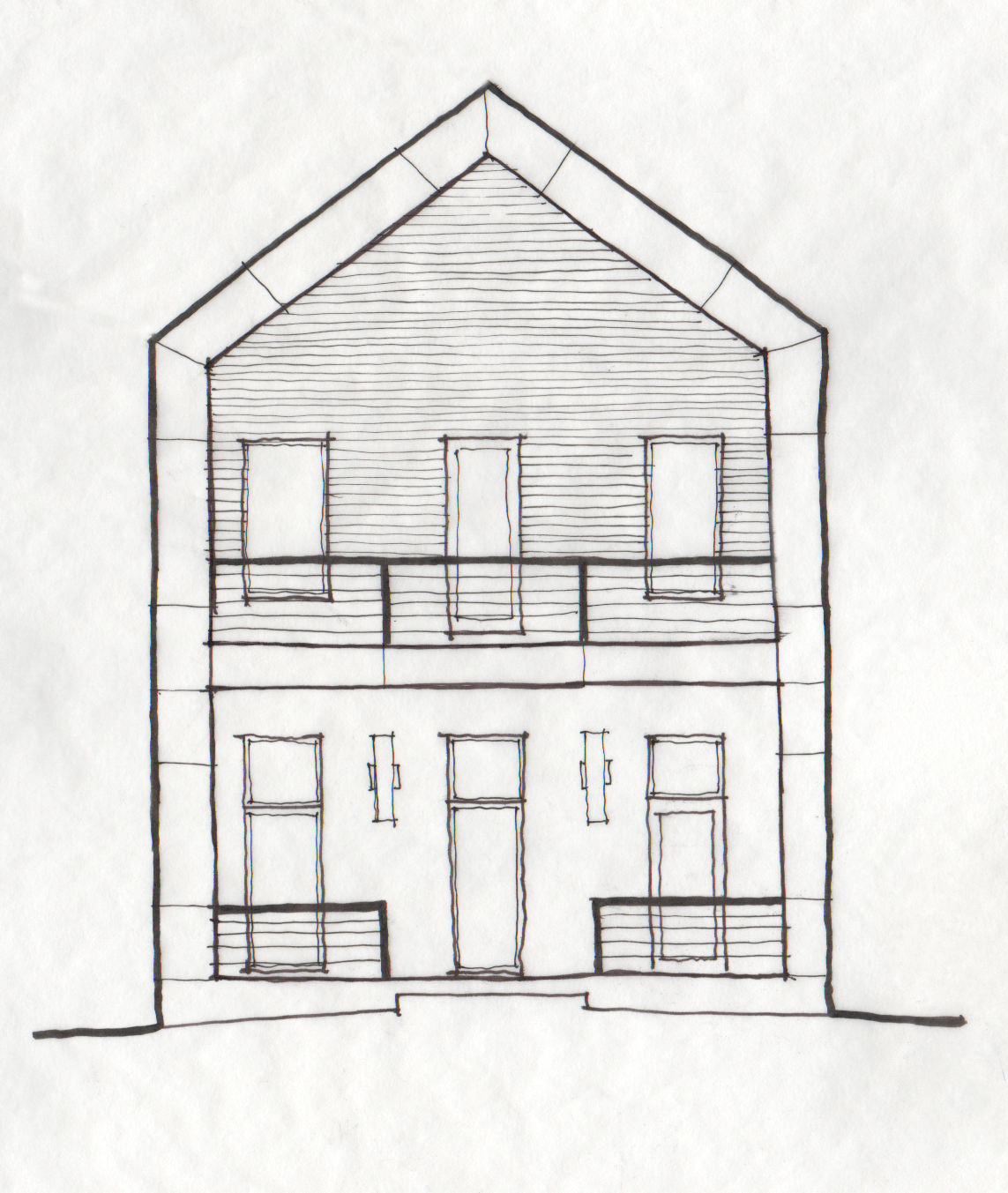It's all been done before
Architecture, Interiors, Design: These are artistic endeavors, right? The Architect or Designer generally begins with a client, and that client has an idea, a goal, a hopeful outcome for their project. And it is the job of the designer to create something unique for that client that will suit their needs and/or budget. It stands to reason then that that which is artistic or creative in nature would produce something original as a result, yes? I mean, we live in an extraordinary age of technological advancement. We have access to an entire planet via the internet and communication. There is, quite literally, nothing that is out of our reach if we desire to have it and can afford it. So, again, it would stand to reason that with virtually limitless options of material, color, fixture, finish, equipment, that a talented Architect and/or Designer would be able to create unique and never before seen creations to fill the built environment, no? The answer is both yes, and no. Let me explain.
Historic Buice Pharmacy building in Stifft Station, Little Rock. Contemporary apartment renovation by Rogue Architecture.
Contemporary addition to a 1940s historic home in the Heights neighborhood, Little Rock. Design by Rogue Architecture.
Recently I was sitting in the office and my office mate, an incredibly talented Interior Designer, asked me for some help with a cabinet and window design she was working through. Personally this is one of the greatest joys of sharing my office with another talented and creative person - the coordination, combination and merging of ideas to solve design challenges. Anyway, so I slide over to her desk and she asks me my opinion of a mullion pattern she is experimenting with. It was obvious she was struggling a bit and so I suggested perhaps a modified quatrefoil would be appropriate. To which she replies "but I don't want it to look too traditional or craftsman." To which I replied:
"Well, it's not like this hasn't all been done before. We're not reinventing the wheel."
Historic Buice Pharmacy building in Stifft Station, Little Rock. Contemporary apartment renovation by Rogue Architecture.
You see, it all HAS been done before. For thousands of years mankind has been creating architectural expressions of one kind or another and at the core of each one there is a fundamental sameness that never changes. Throughout all of the various styles that have come, gone, come again, been reborn, repackaged, rethought, recycled, there really is nothing new under the sun. There is a fundamental language of Architecture that is fundamental across all architectural styles.
The Craftsman style, for example, originally conceived by Greene and Greene in the late 1800s, was thought to be a new modern architectural expression. Yet, if you look at the language of the architecture you find that its roots might be found in Japanese vernacular with its honest expression of structure, the wide overhanging roofs, the use of stone and wood mixed together, the organic quality to all of its parts.
Similarly the International Style and Modern movements were just carrying this theory to it's natural and inevitable conclusion - a complete abandonment of all ornament, floor plans and elevations of ultimate simplicity and honesty. The style is completely without pretense and devoid of any sense of its unique place. One could be placed just as easily in Tokyo as Madrid or Little Rock. But the language used is no different - walls (solid), windows and doors (void), foundation and floor (plinth), posts (columns).
Pfeifer-Mandelbaum porch restoration designed by Rogue Architecture. 1872 Victorian residence, downtown Little Rock.
Contemporary interpretation of late 1800s Victorian residence designed by Rogue Architecture. Classical proportions, modern materials and detailing.
There is still nothing new under the sun. Or is there?
The idea of an architectural style, today, is the ornament that we put on a structure once the programmatic requirements have been met. Most often this has to do with the clients own taste and preference, but sometimes it is the architect that is responsible for the application of their own style to a proposed building. But, for all our technology, all our options, all the seemingly limitless possibilities that are open to us, we are still operating within a relatively fixed and limited pantheon of architectural language. True creativity is in the methods by which we mould and shape this language into something that we can call our own, that our clients can call their own.
Real creativity in architecture comes not from endeavoring to create something that no one has ever seen before, but by using what has already been done in new ways to solve new design challenges. In this way our built environment will have at once both an eclectic quality as well as a cohesiveness that pulls us close to knit communities together. If you need proof just take a walk down one of your favorite streets in your favorite historic neighborhood. You'll see so many expressions of architectural language you won't be able to name them all, but you'll also feel comfortable, you'll feel that cohesion among all the buildings. This is what an architect does.





